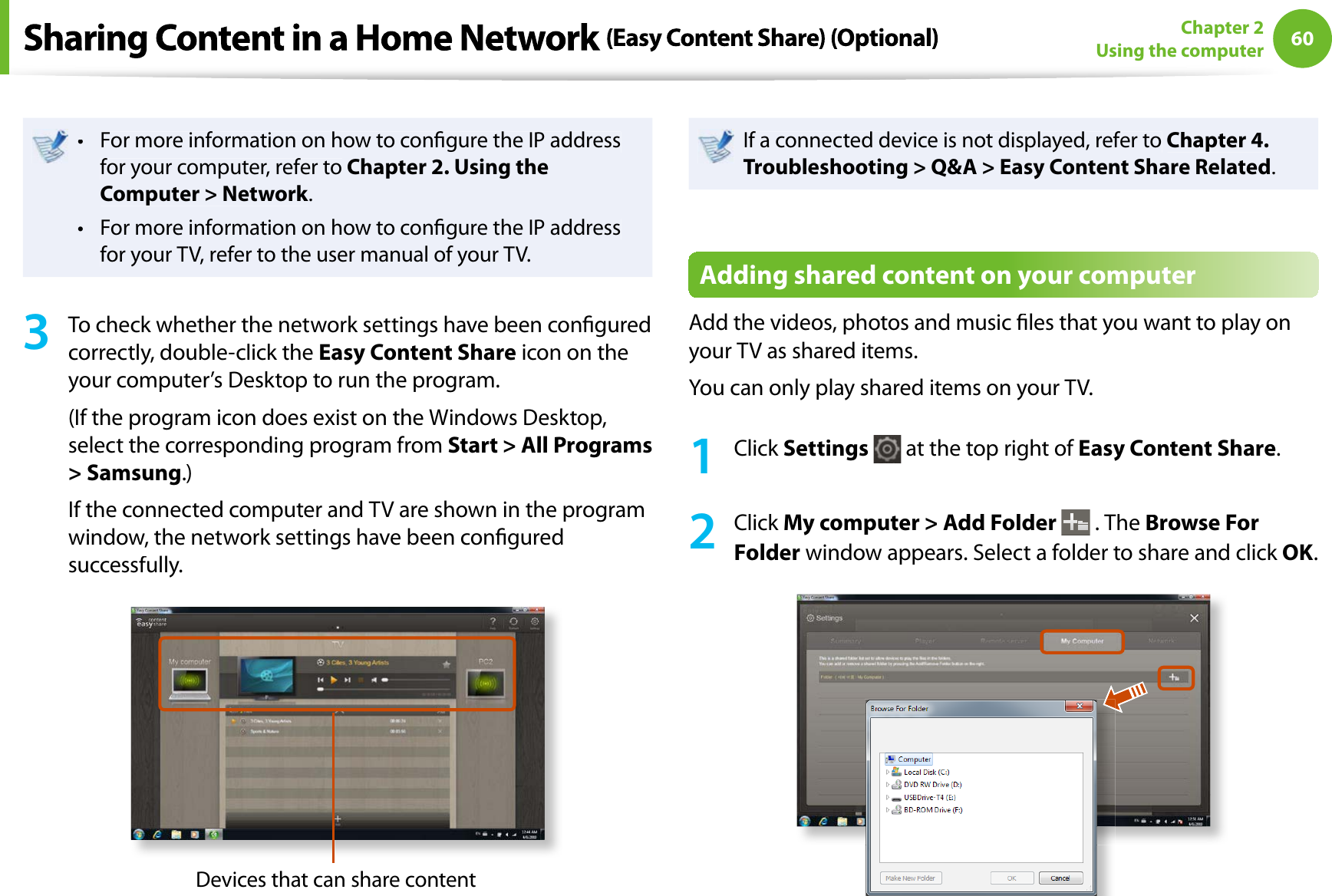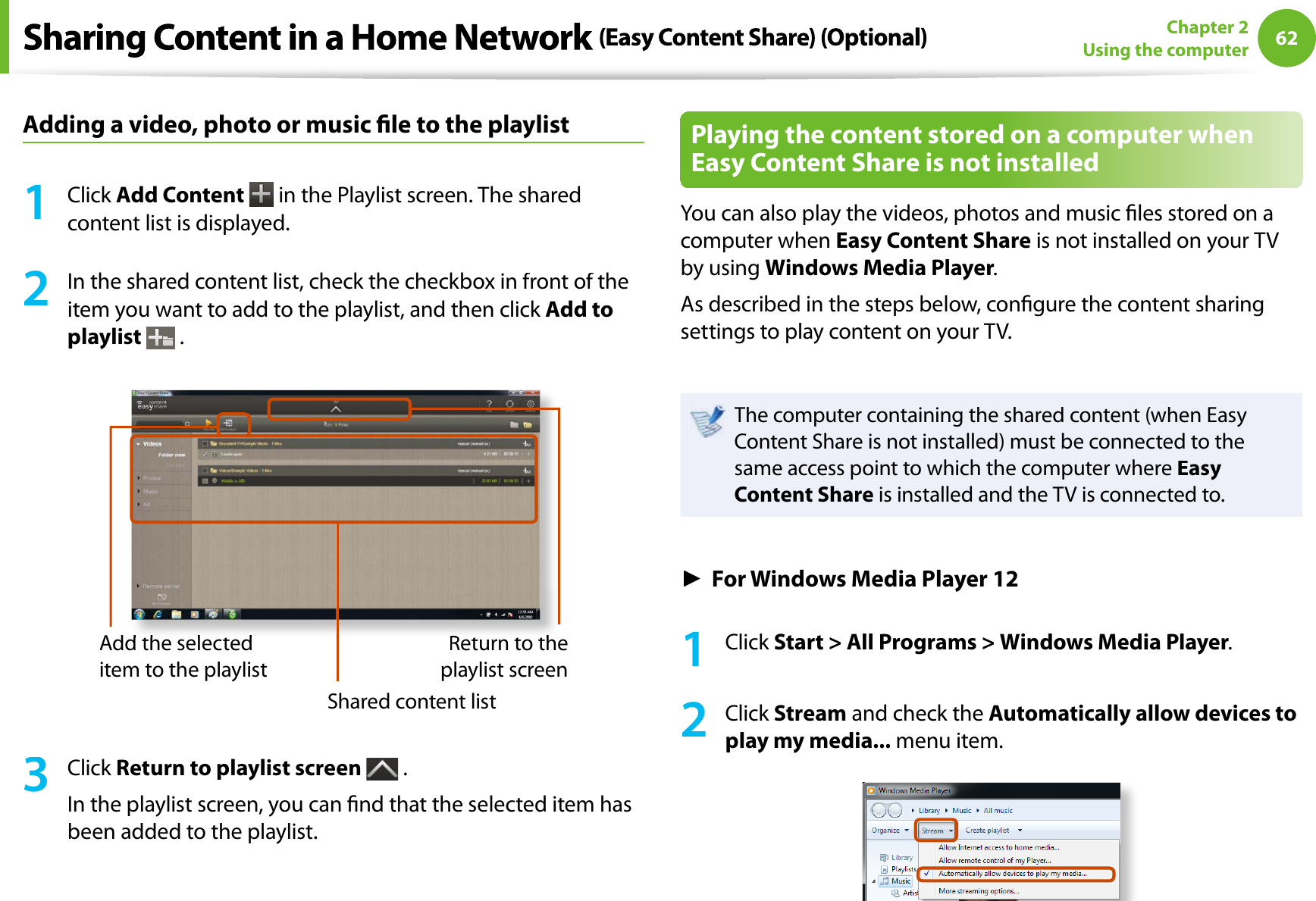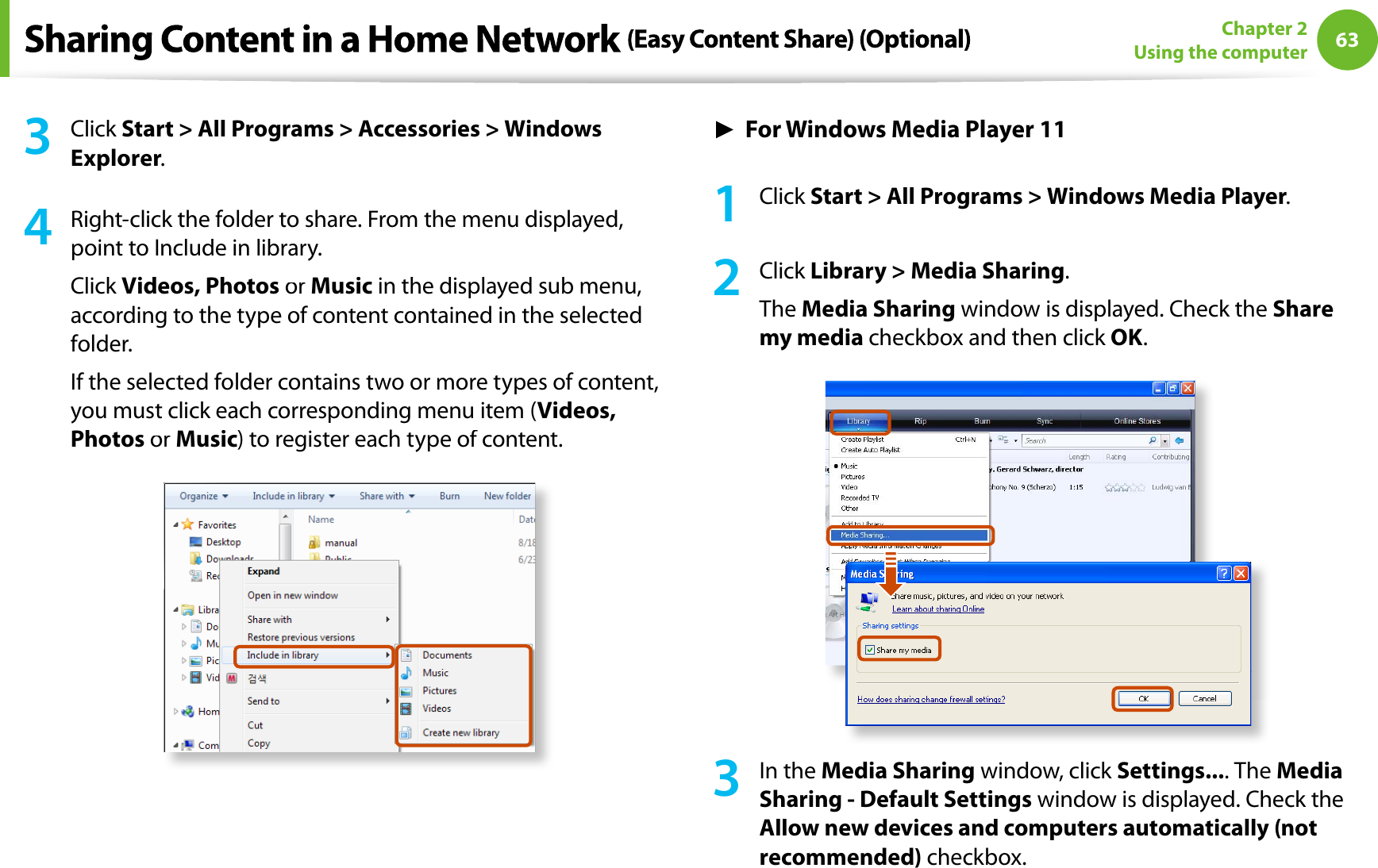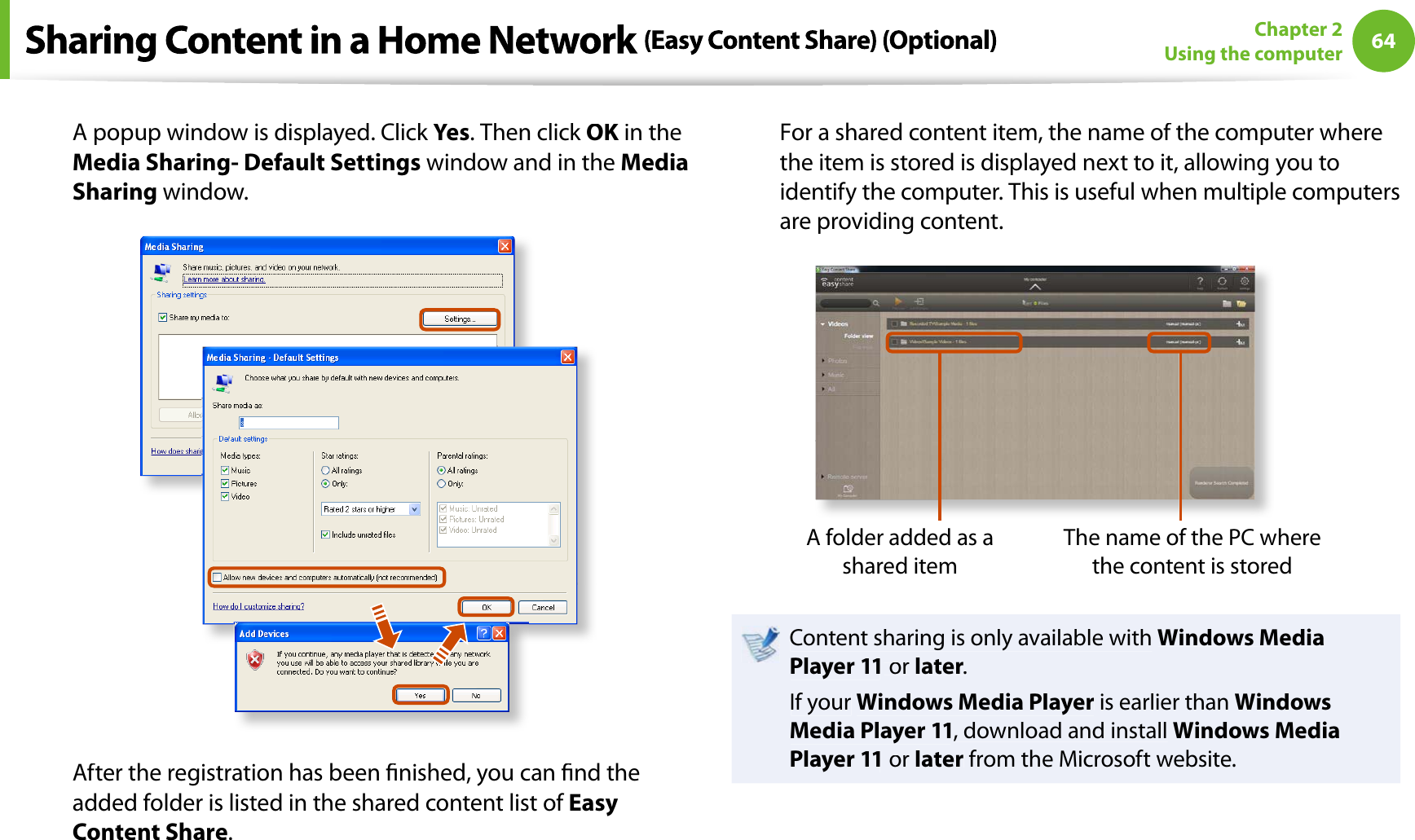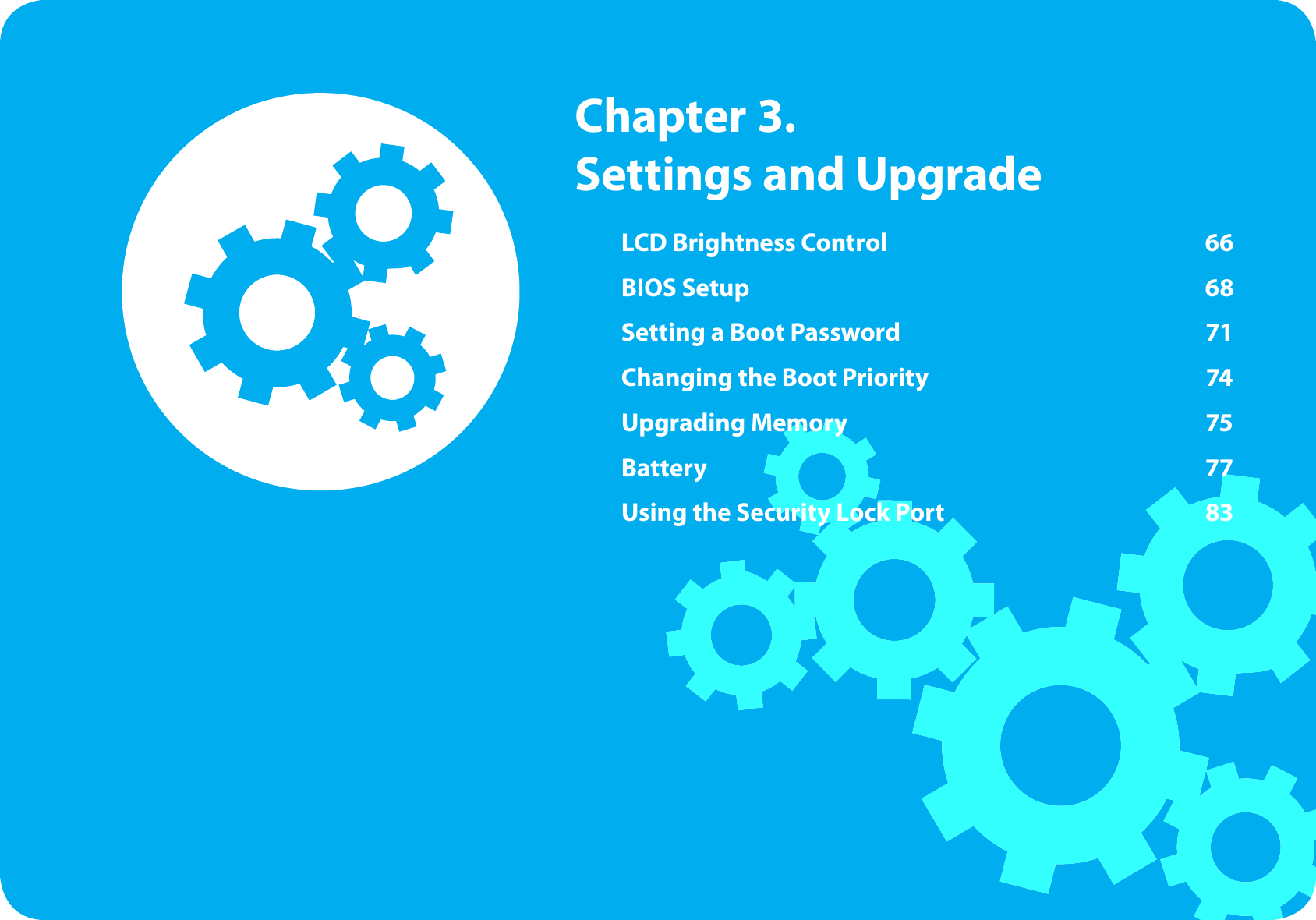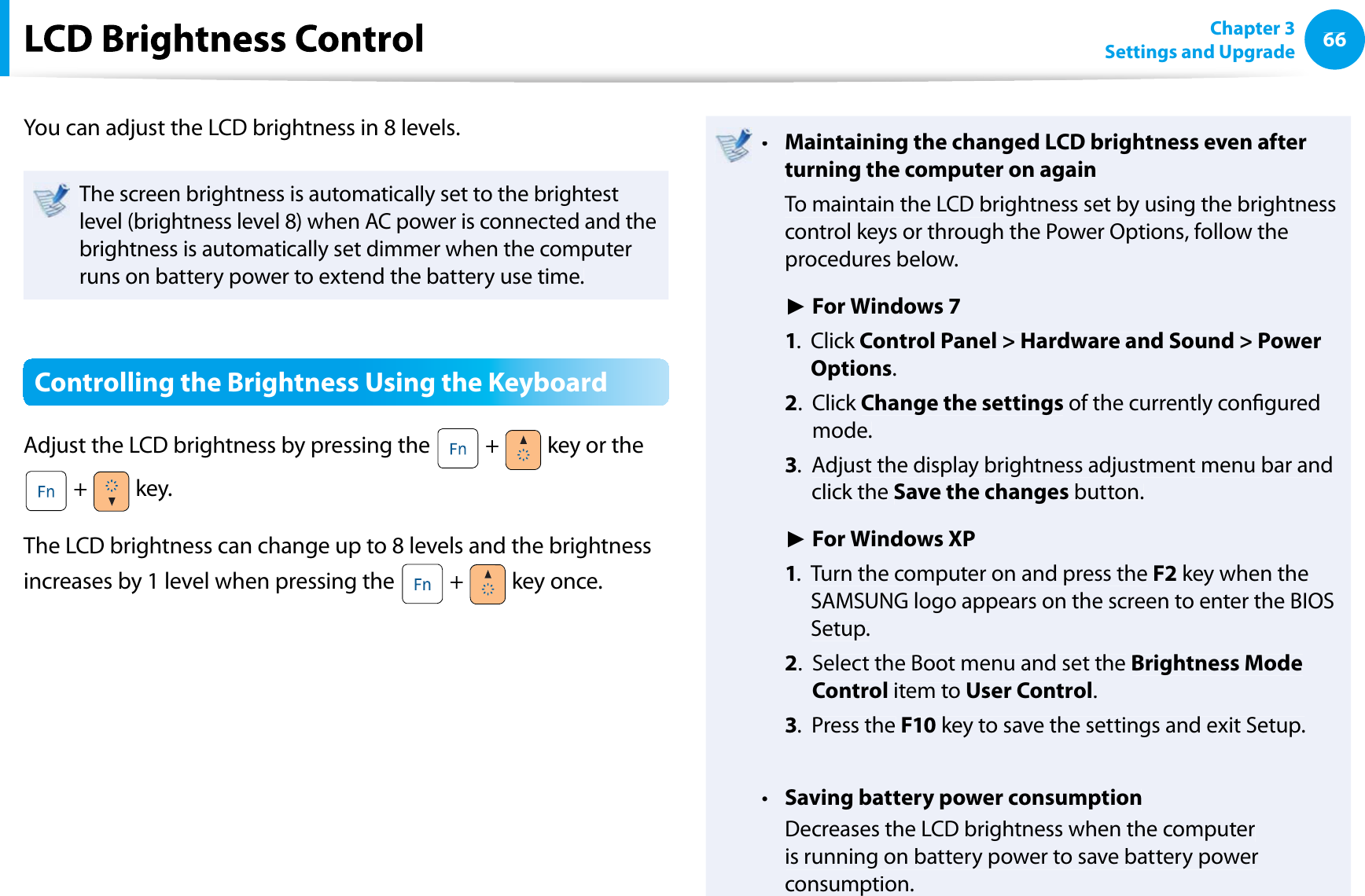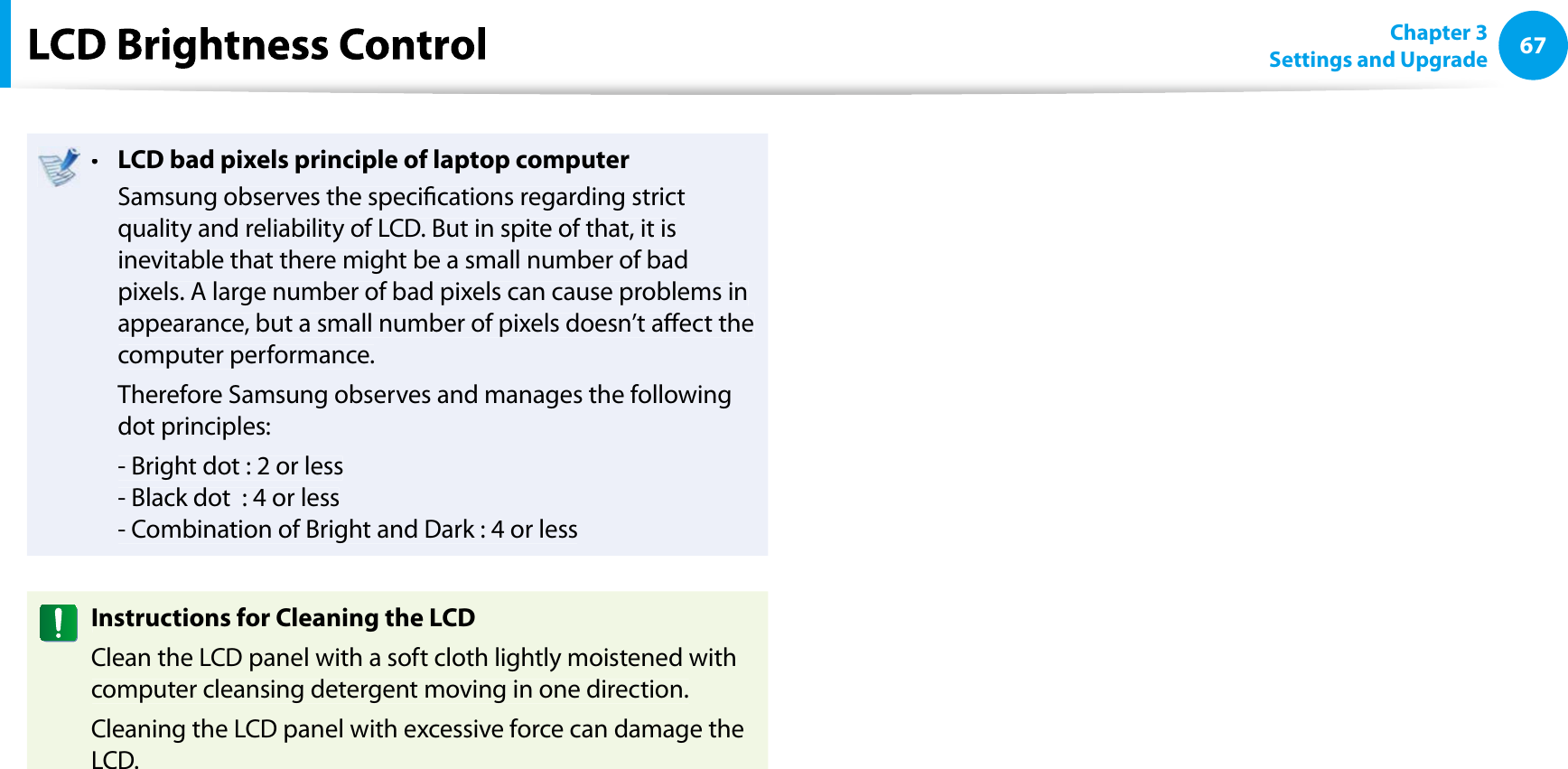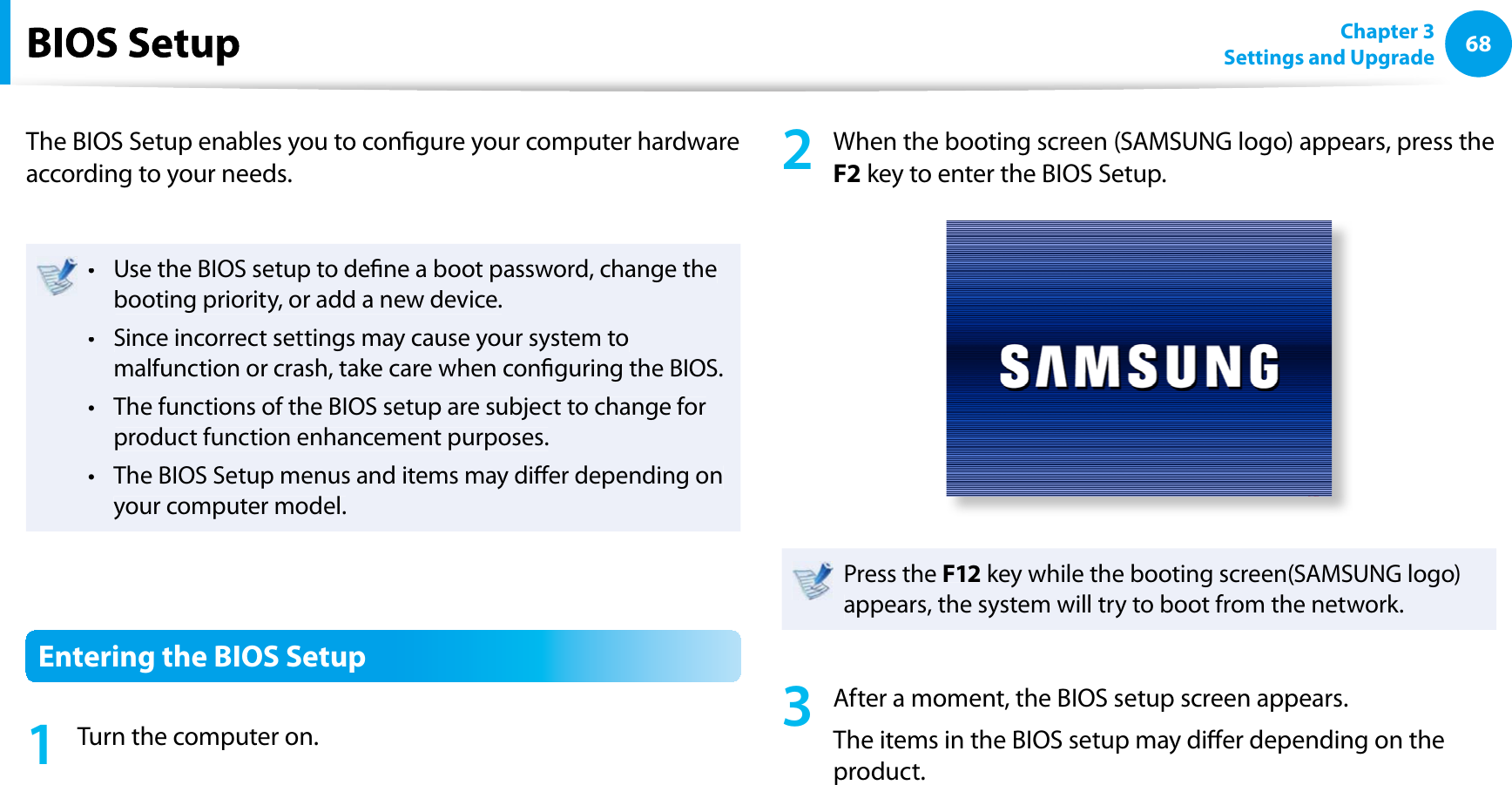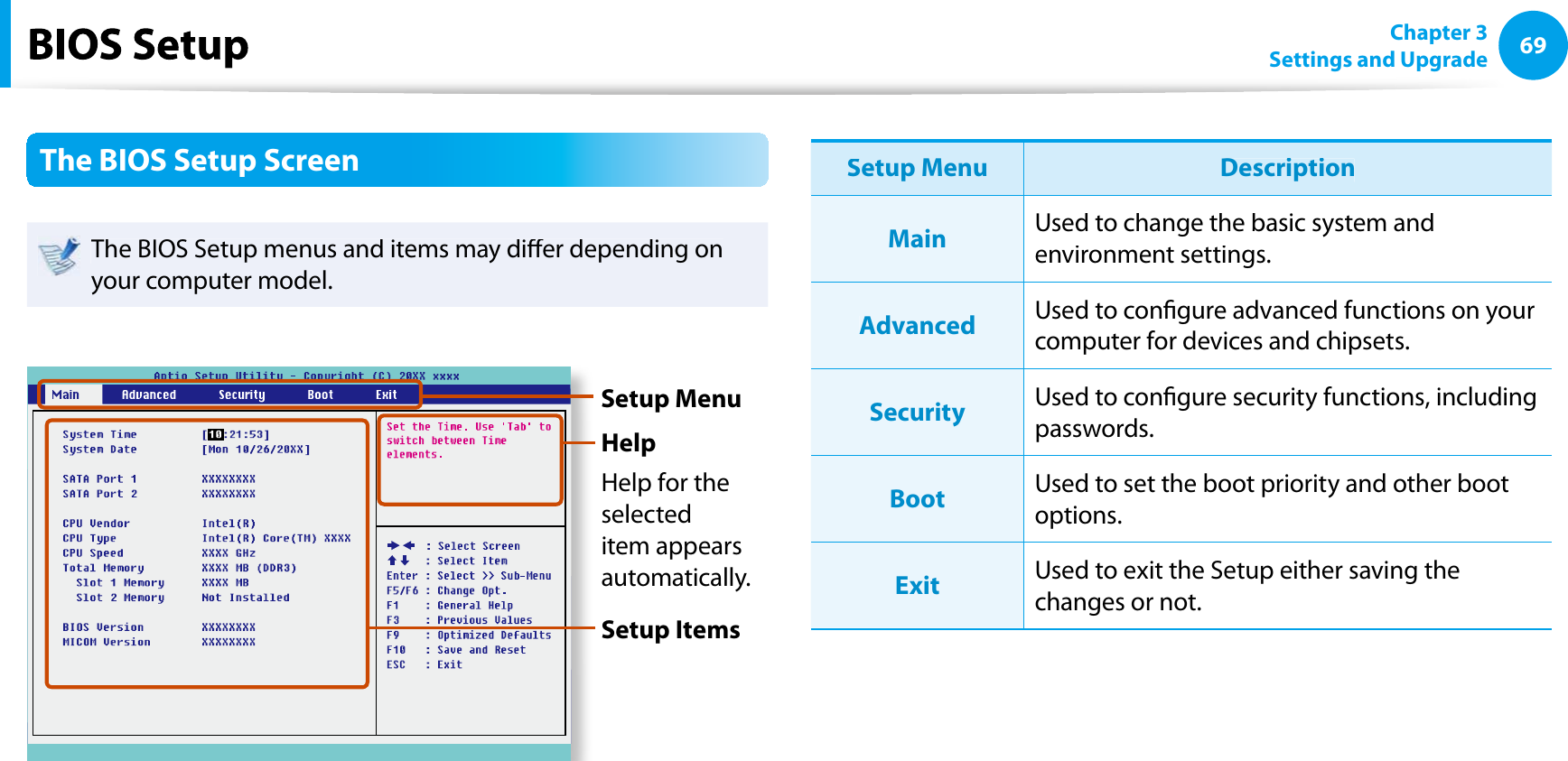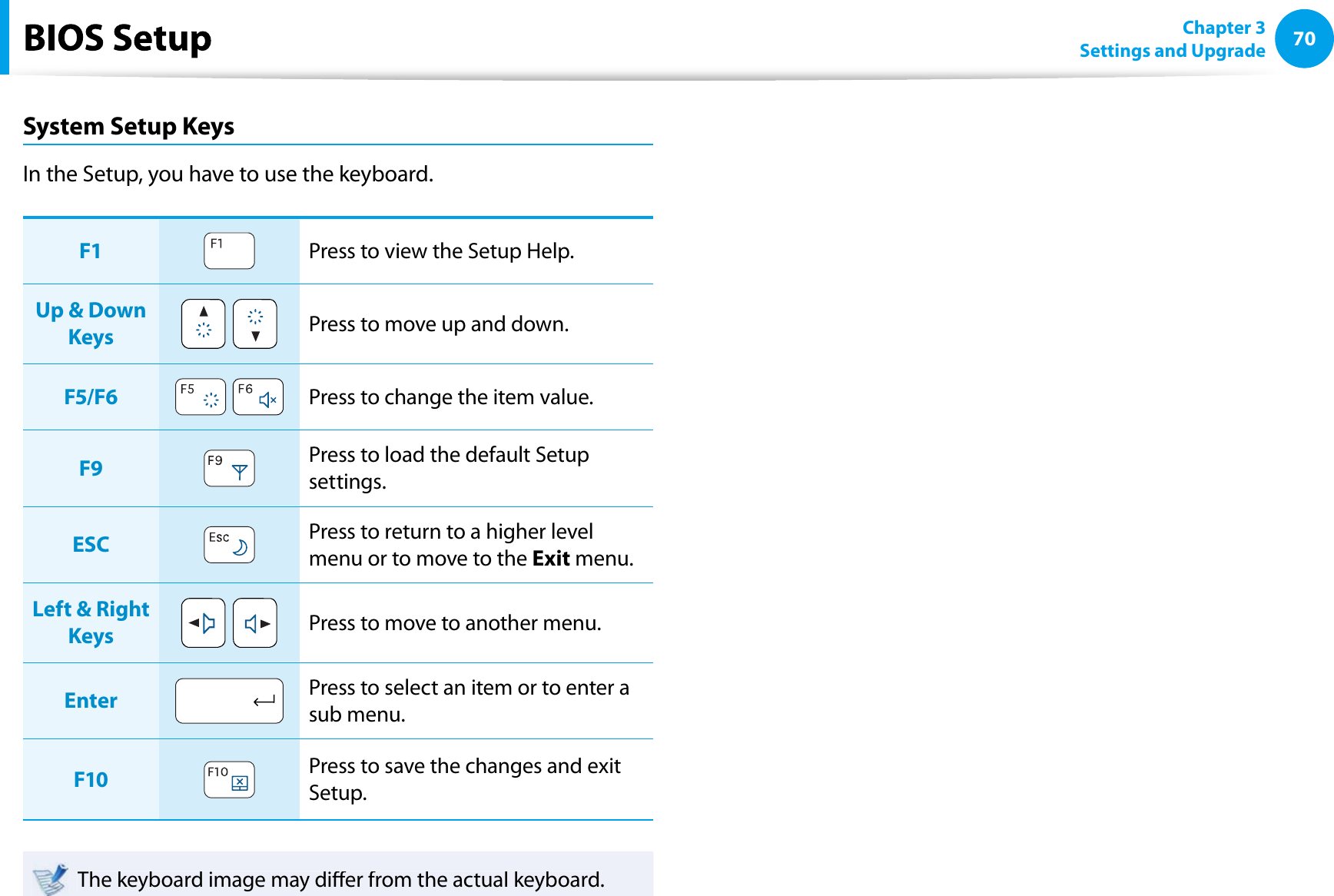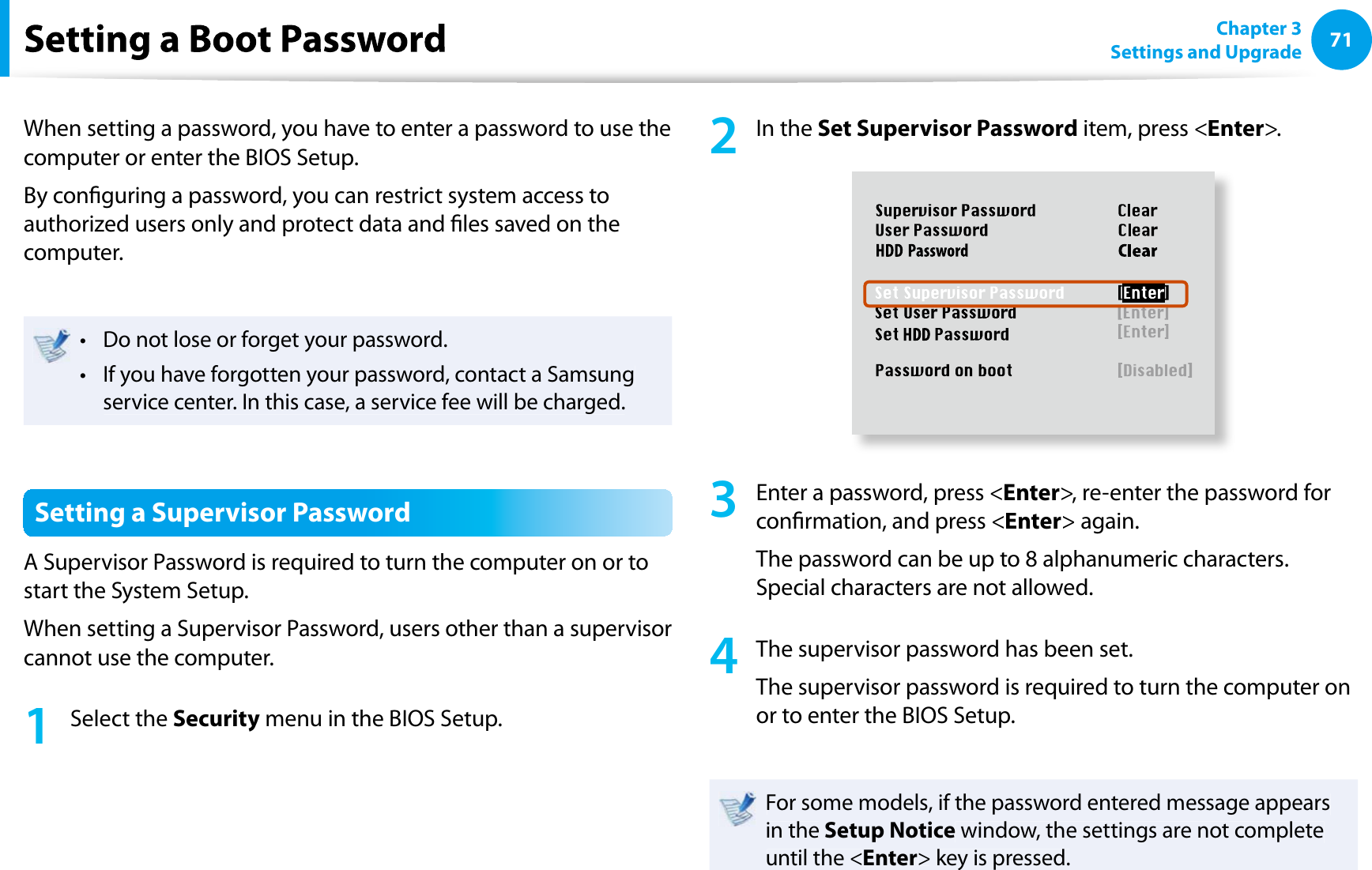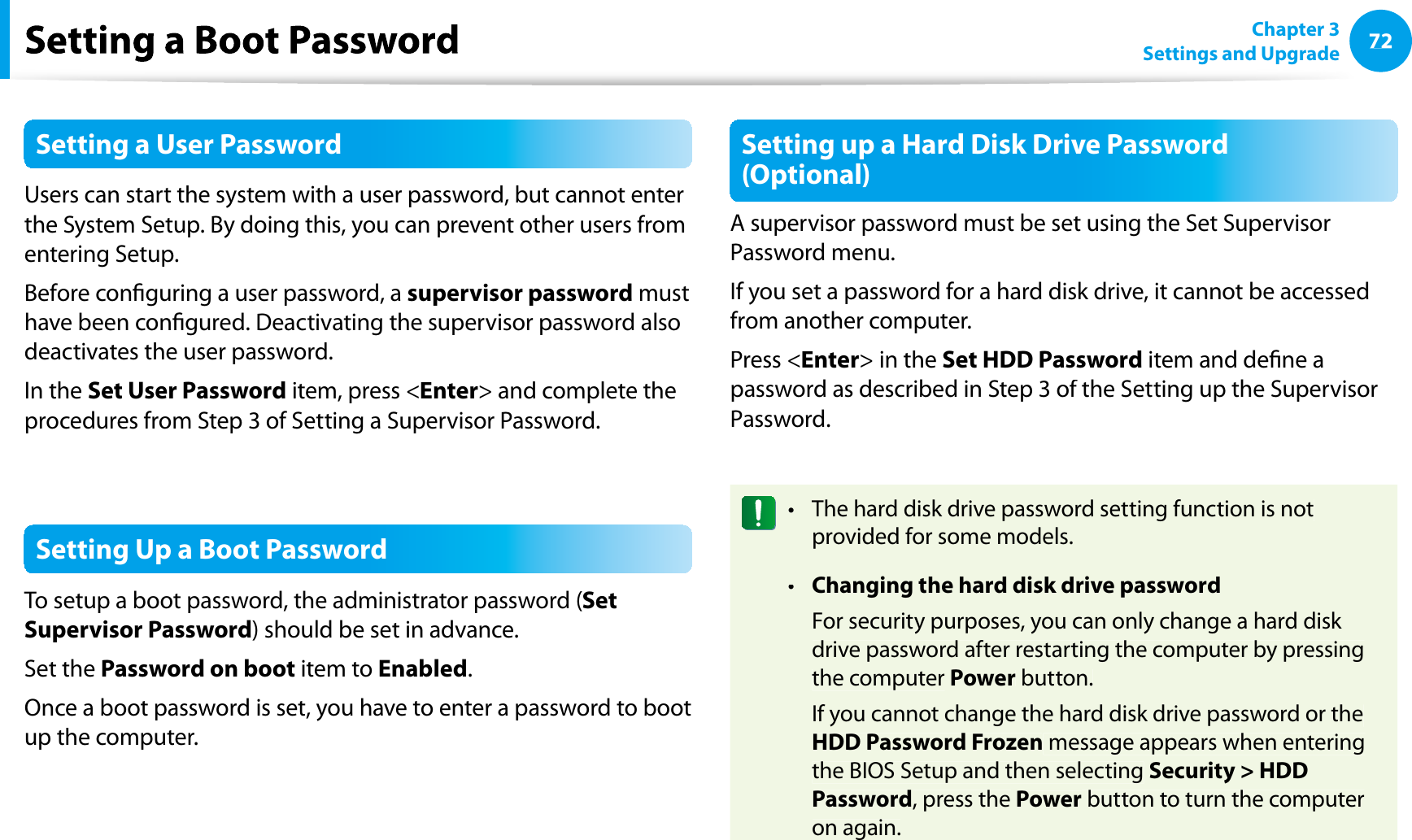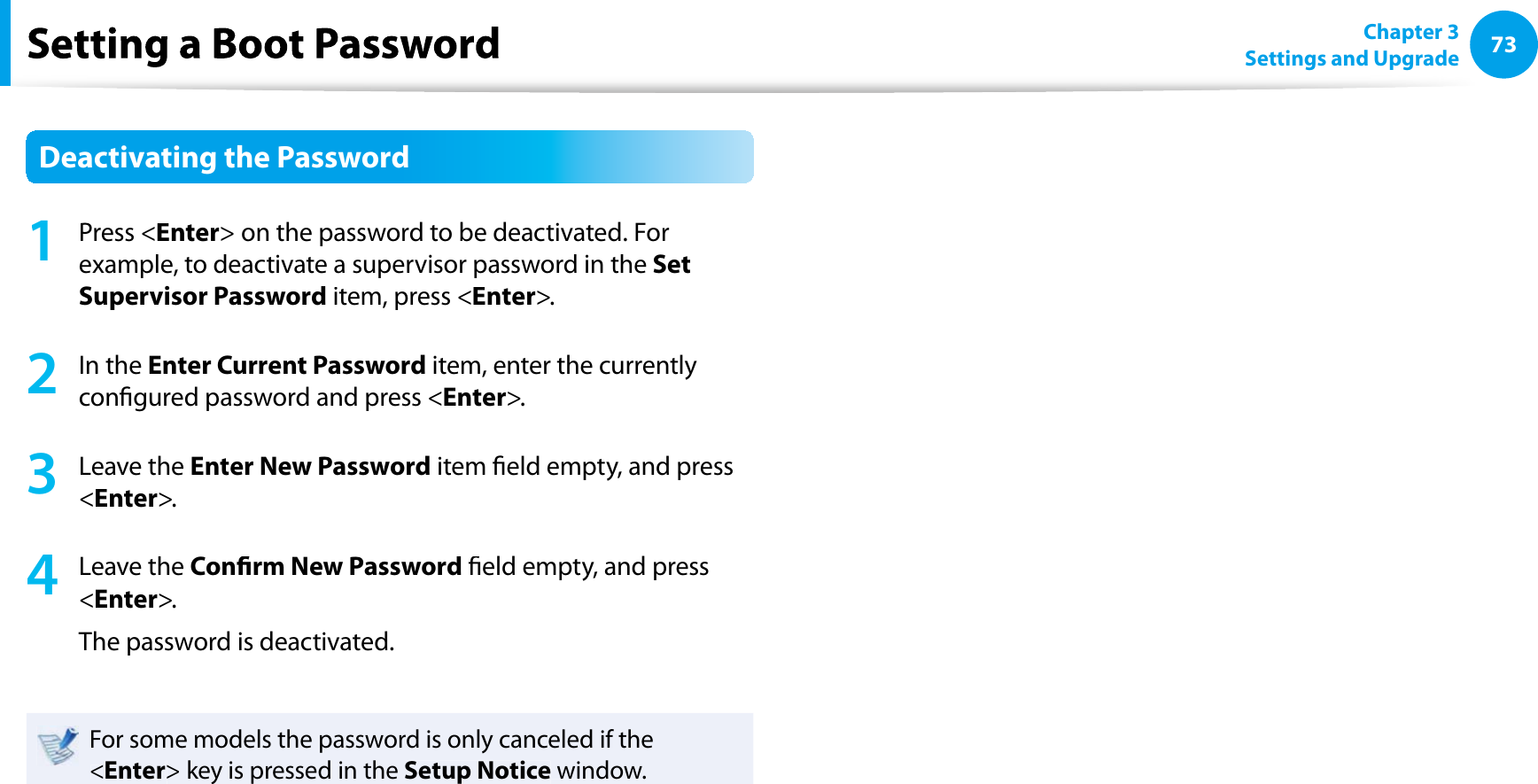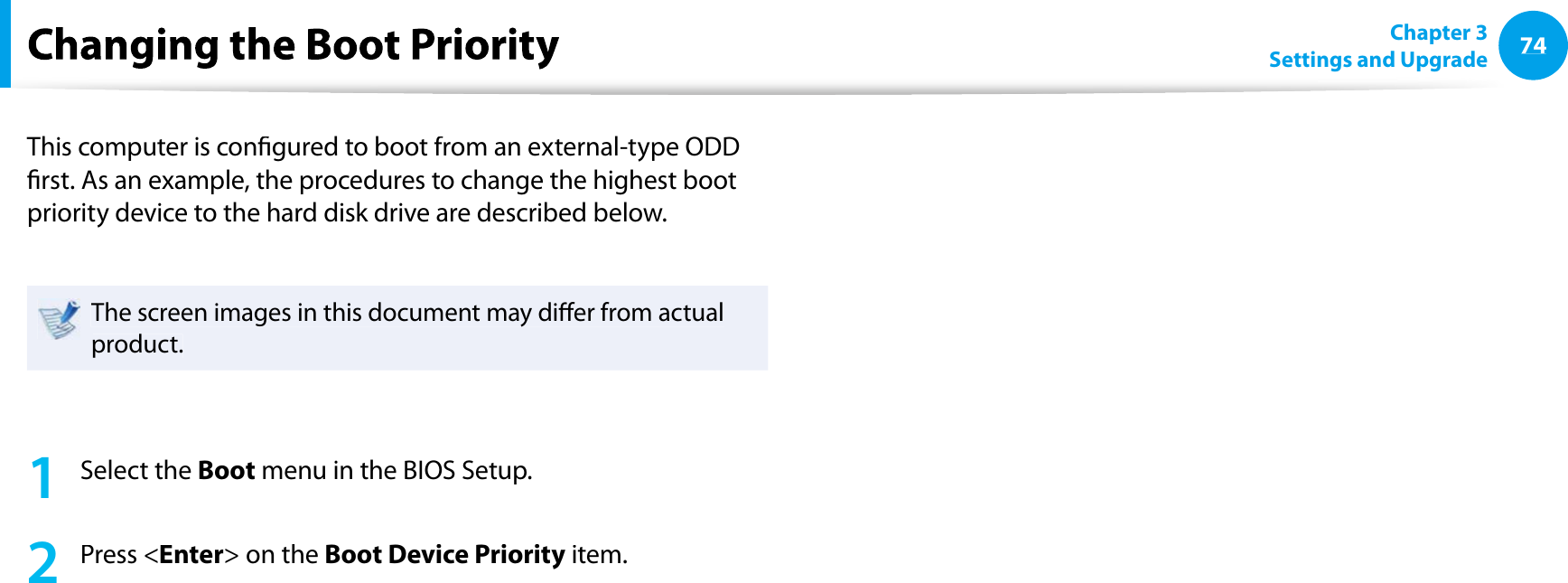Broadcom BRCM1051 802.11g/Draft 802.11n WLAN + BT PCI-E User Manual Manual 3
Broadcom Corporation 802.11g/Draft 802.11n WLAN + BT PCI-E Manual 3
Broadcom >
Contents
- 1. User manual
- 2. OEM installation guide
- 3. Host user manual 1 of 5
- 4. Host user manual 2 of 5
- 5. Host user manual 3 of 5
- 6. Host user manual 4 of 5
- 7. Host user manual 5 of 5
- 8. User Manual
- 9. OEM installation Guide
- 10. Akashi User Manual
- 11. Gucci Users Manual
- 12. User manual 1 of 3
- 13. User manual 2 of 3
- 14. User manual 3 of 3
- 15. Host useer manual
Host user manual 3 of 5
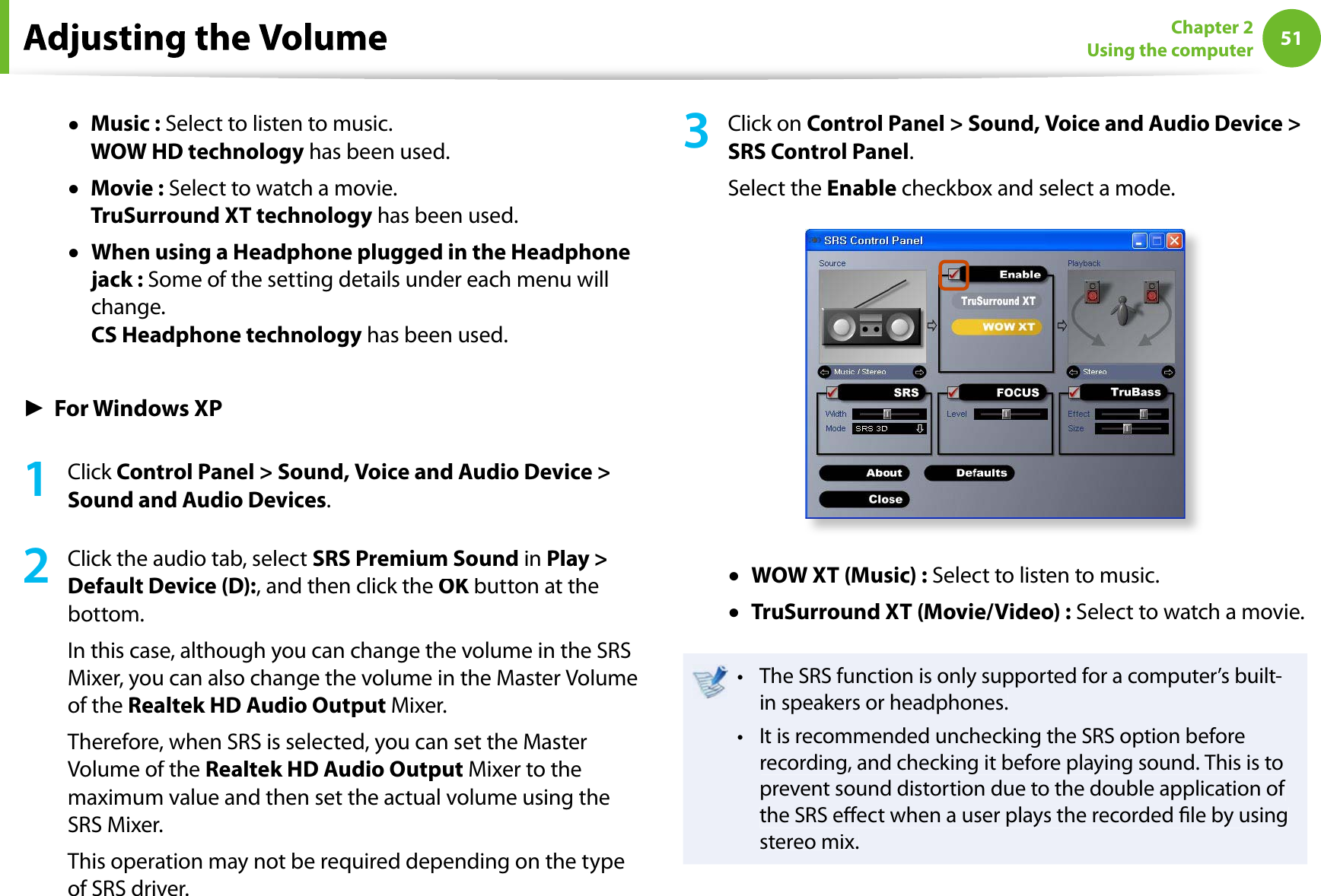
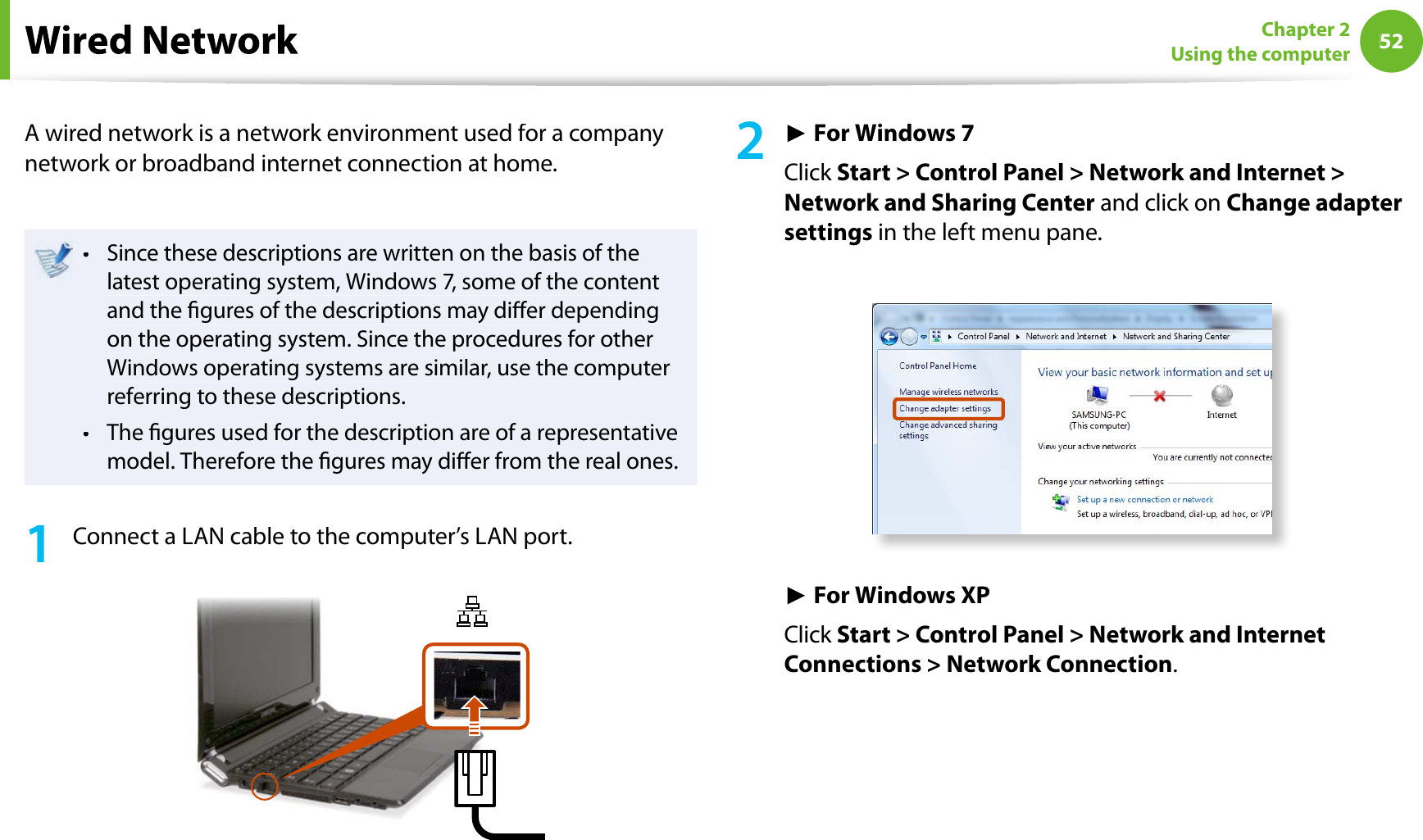
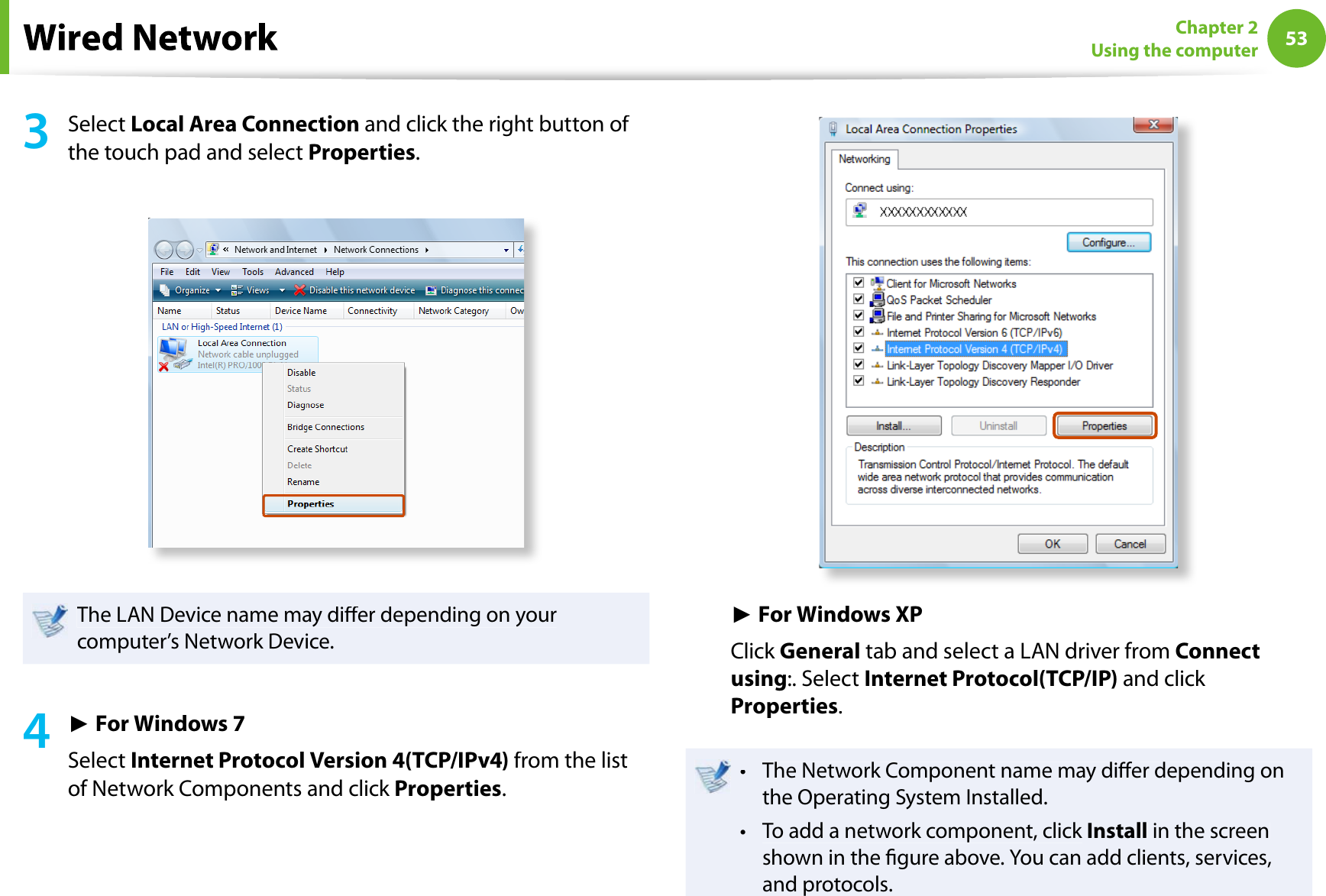
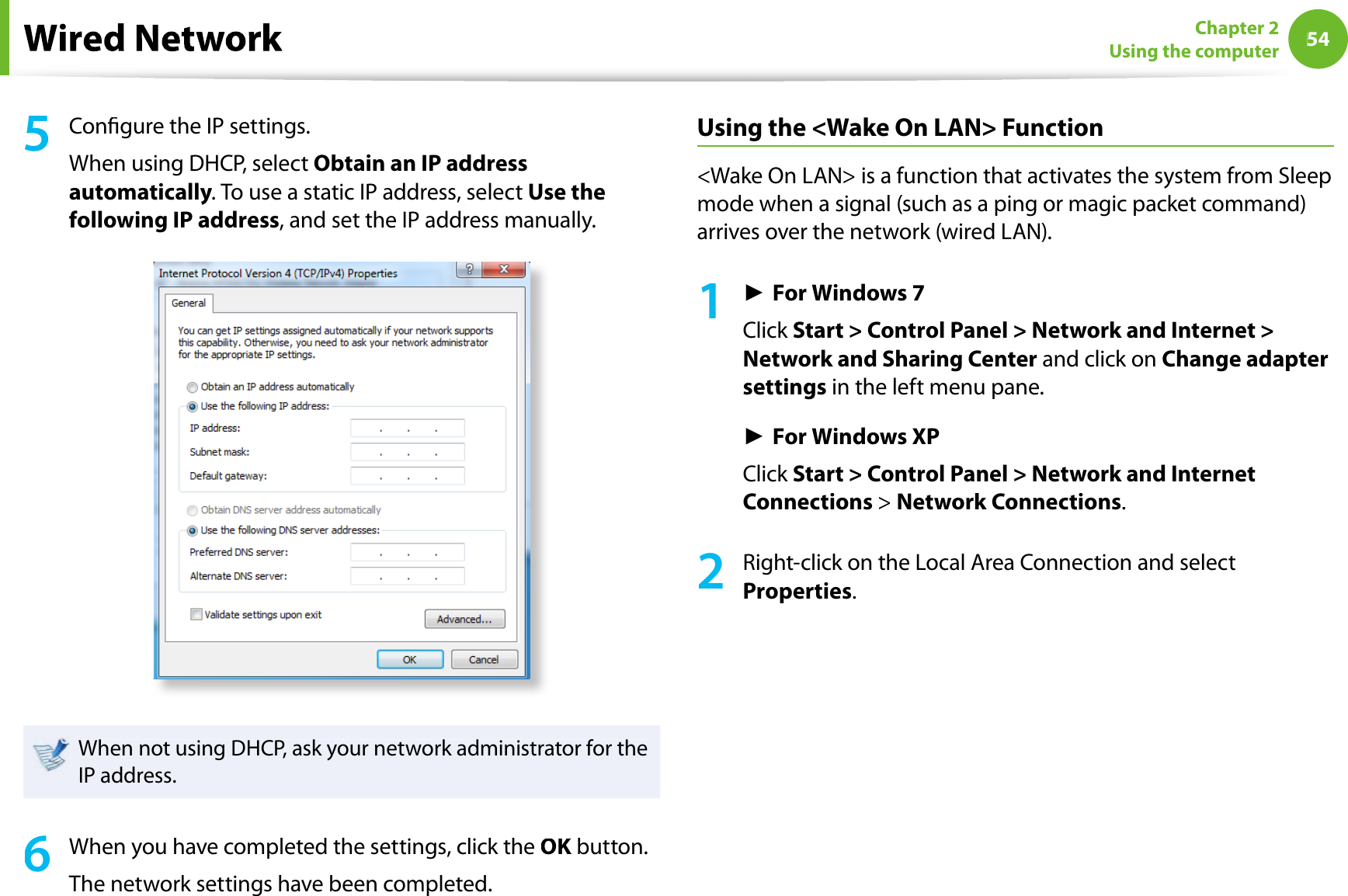
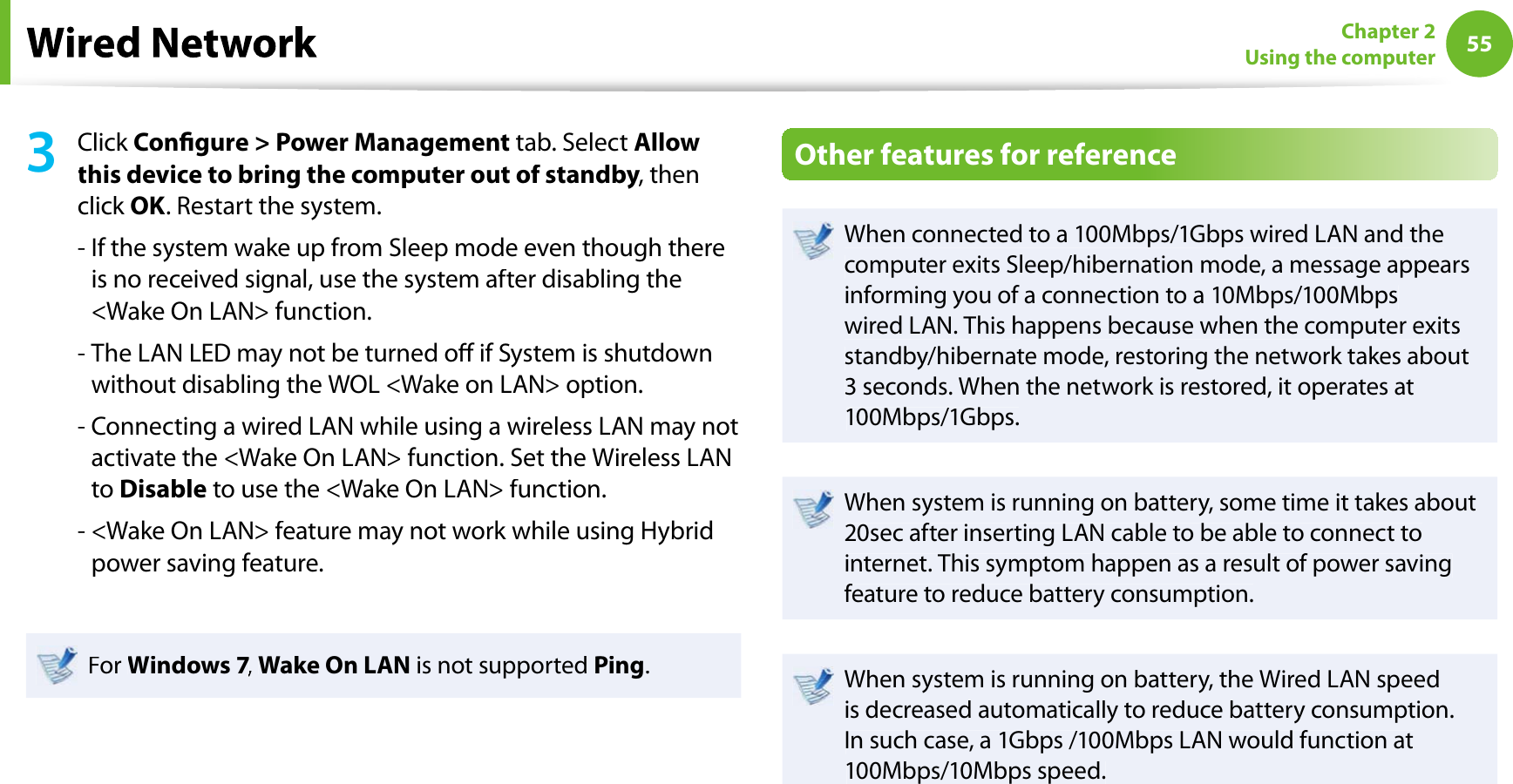
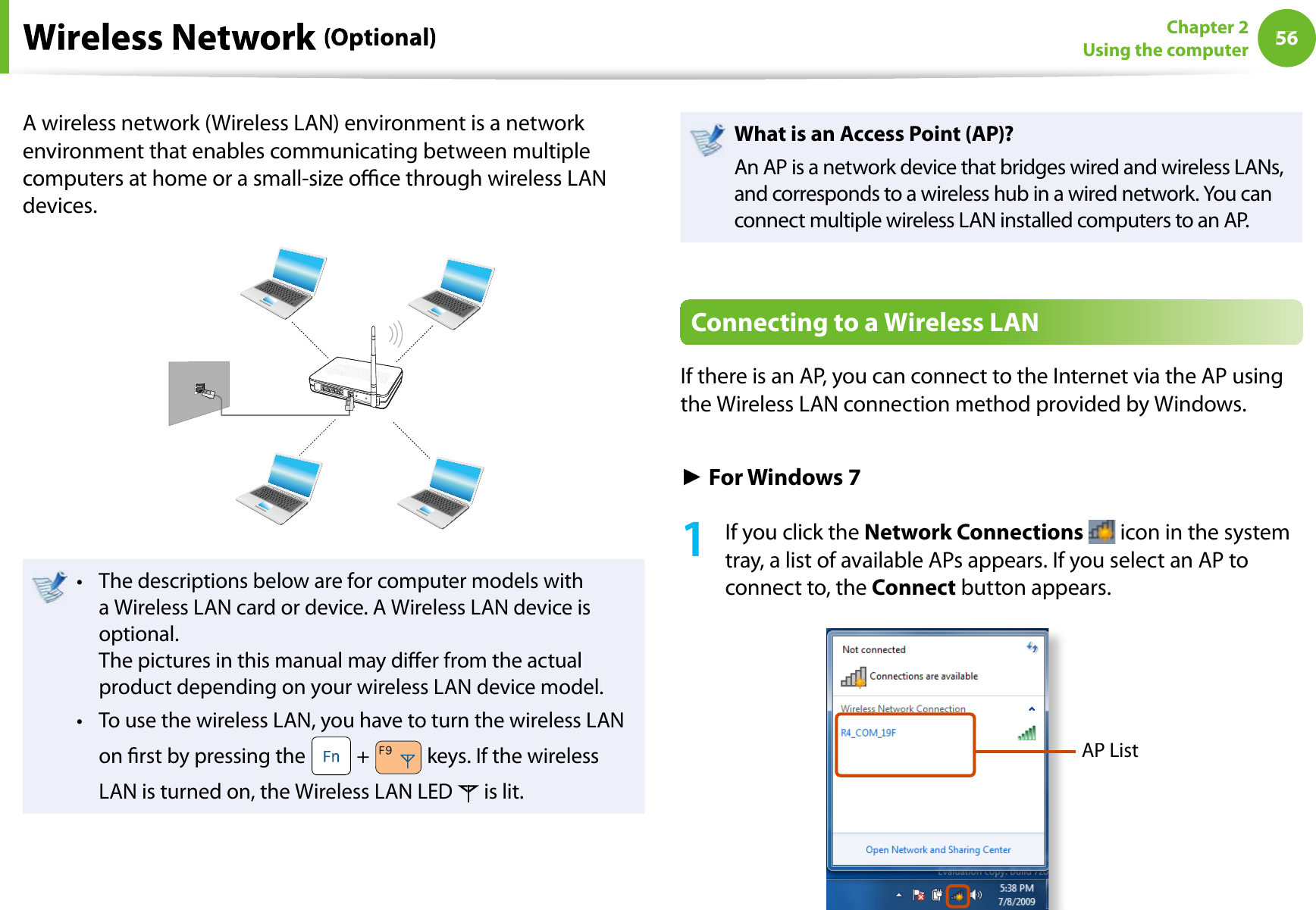
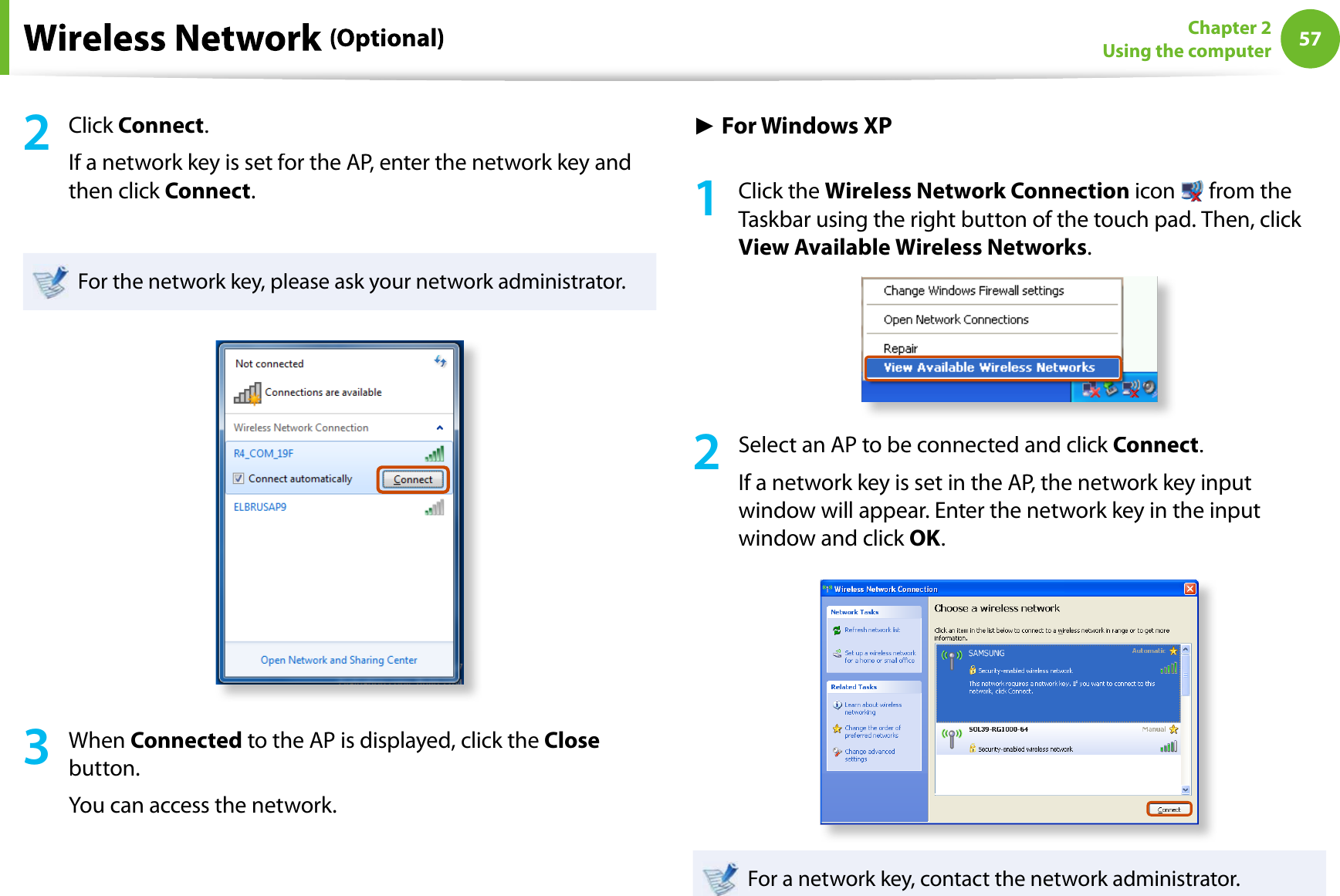
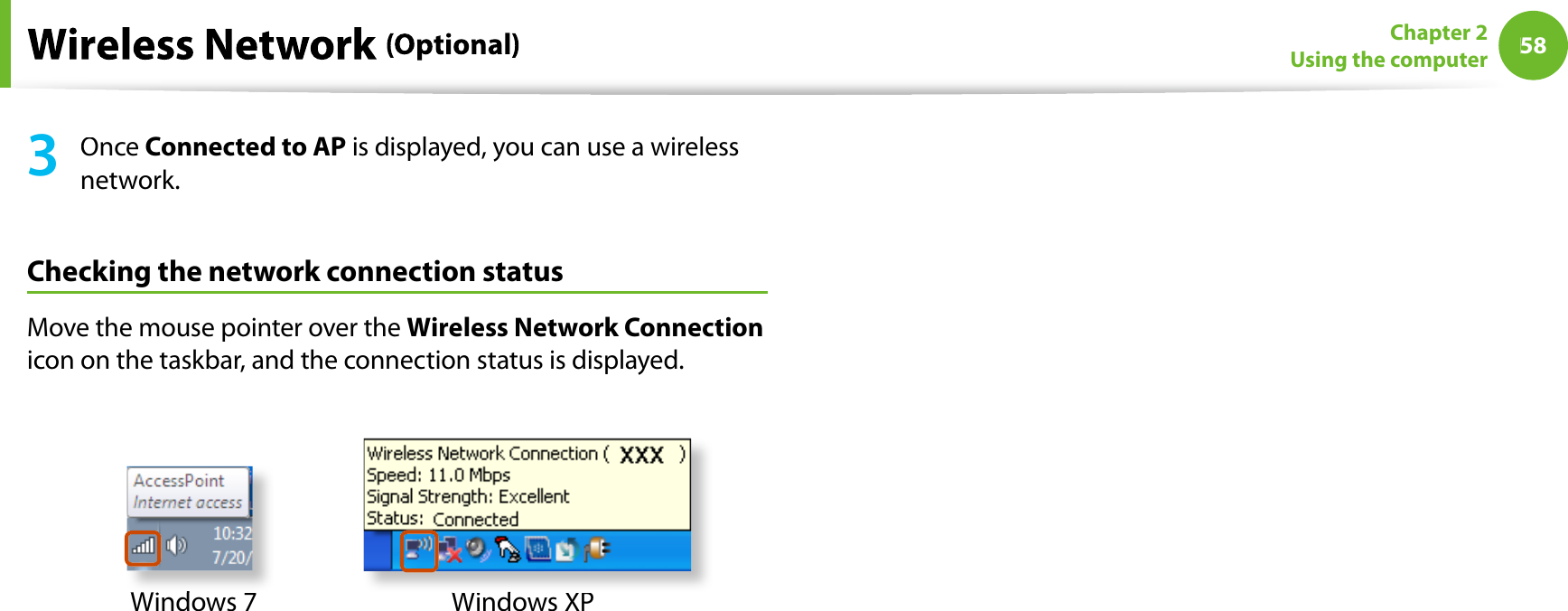
![59Chapter 2Using the computerEasy Content Share is a DLNA application that allows you to playphotos, videos and music les on your TV.These descriptions are for Windows 7 and for supportedtmodels only.The Digital Living Network Alliance (DLNA) aligns industrytleaders in the CE, mobile, and PC industries through digitalinteroperability, and DLNA-certied devices allow users toplay videos, photos and music les stored on a computeron a TV.To play content using DLNA technology, both yourtcomputer and TV must be DLNA certied.For information on whether a product supports DLNA,refer to the respective user manuals.To play videos, photos and music les stored on a computer,congure the settings in the order as shown below.1.Conguring the network settings for your computer andTV2.Adding shared content on your computer3.Playing content on your TV using your computerConguring the network settings for your computer and TVTo share content, all shared devices must be connected to thesame access point.Congure the network settings by following the steps below.1Connect your computer and TV to an access point througha wired or wireless LAN connection, as shown in the gurebelow.[Network connection diagram]2Congure the IP address settings for your computer and TV.You must check theObtain an IP address automatically(DHCP) checkbox.](https://usermanual.wiki/Broadcom/BRCM1051.Host-user-manual-3-of-5/User-Guide-1302205-Page-9.png)
